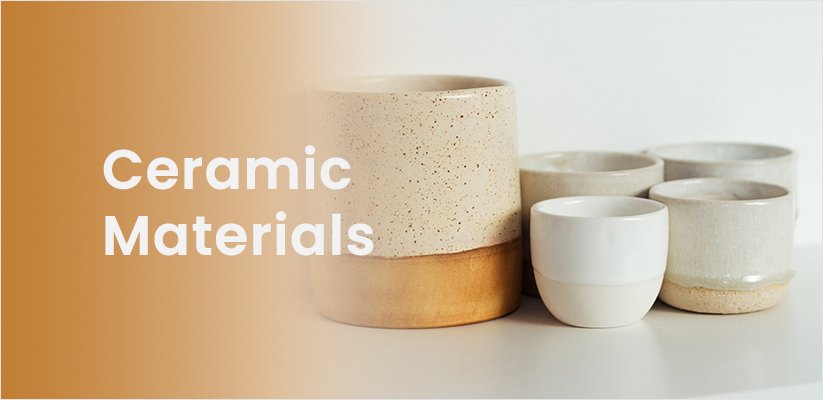Ceramics, materials that are neither metallic nor organic, occupy a unique place in the pantheon of materials science. Defined by their crystalline, glassy, or both crystalline and glassy structures, ceramics are renowned for their hardness and chemical inertness, qualities that can be further enhanced through heat treatment. While the layperson might immediately think of pottery and dishes upon hearing the word “ceramic,” the reality is far more expansive. This article aims to shed light on the vast, versatile world of ceramics, illustrating their critical role in modern technology and everyday life.
More Than Meets the Eye
Traditionally, ceramics have been associated with clay, bricks, tiles, glass, and cement—materials fundamental to human civilization for thousands of years. However, their application reaches far beyond these well-known examples. In the realm of electronics, ceramics distinguish themselves by their composition-dependent electrical properties. They can be semiconducting, superconducting, ferroelectric, or insulating, making them indispensable in the fabrication of electronic devices.
High-Tech Applications
The high-tech utility of ceramics is nothing short of remarkable. They are key components in spark plugs, facilitating the ignition process in internal combustion engines. In telecommunications, fiber optics rely on the unique light transmission properties of certain ceramics to revolutionize how we communicate. The biomedical field benefits from ceramics in the form of artificial joints, offering durability and compatibility with human tissue that metals and polymers cannot match.
Space exploration has also been touched by the ceramic revolution. The thermal protection systems of space shuttles, including their iconic heat-resistant tiles, rely on ceramic materials to withstand the extreme temperatures of re-entry into Earth’s atmosphere. On Earth, ceramics find their way into high-performance applications such as race car brakes and cooktops, offering unparalleled heat resistance and durability.
A Material for the Future
Beyond their current applications, ceramics are paving the way for innovations in various fields. In energy, ceramic fuel cells promise more efficient, cleaner power generation. In environmental science, ceramic membranes are being explored for their potential in water purification and filtration processes. The versatility of ceramics, coupled with ongoing research and development, hints at a future where their applications could expand even further.
Conclusion
Ceramics are a testament to the innovation and adaptability of human technology. From ancient pottery to cutting-edge electronic devices and space technology, ceramics have proven to be materials of immense utility and versatility. Their role in modern technology and industry is not only pivotal but also expanding, as new uses for these ancient materials are discovered and developed. The world of ceramics is vast and multifaceted, stretching far beyond the confines of pottery and dishes, into the very heart of modern technological advancement.
Also, read more at “kiendel.com“
